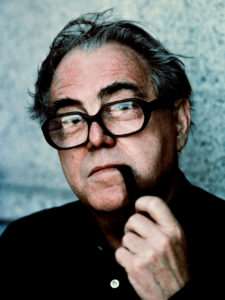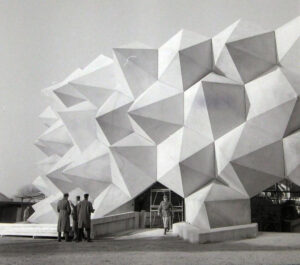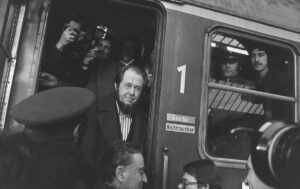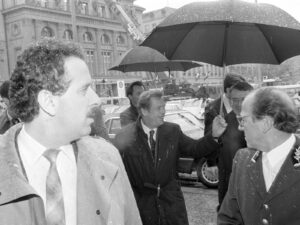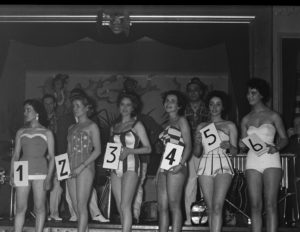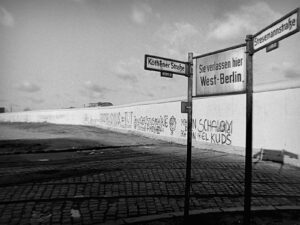
Culture during the Cold War
As the decades of the Cold War ticked by, society was defined by the antagonism between East and West and the fear of communism, and this influence even extended to culture.
Trailer for the movie The Hunt for Red October. YouTube
Film trailer featuring Frank Sinatra. YouTube
